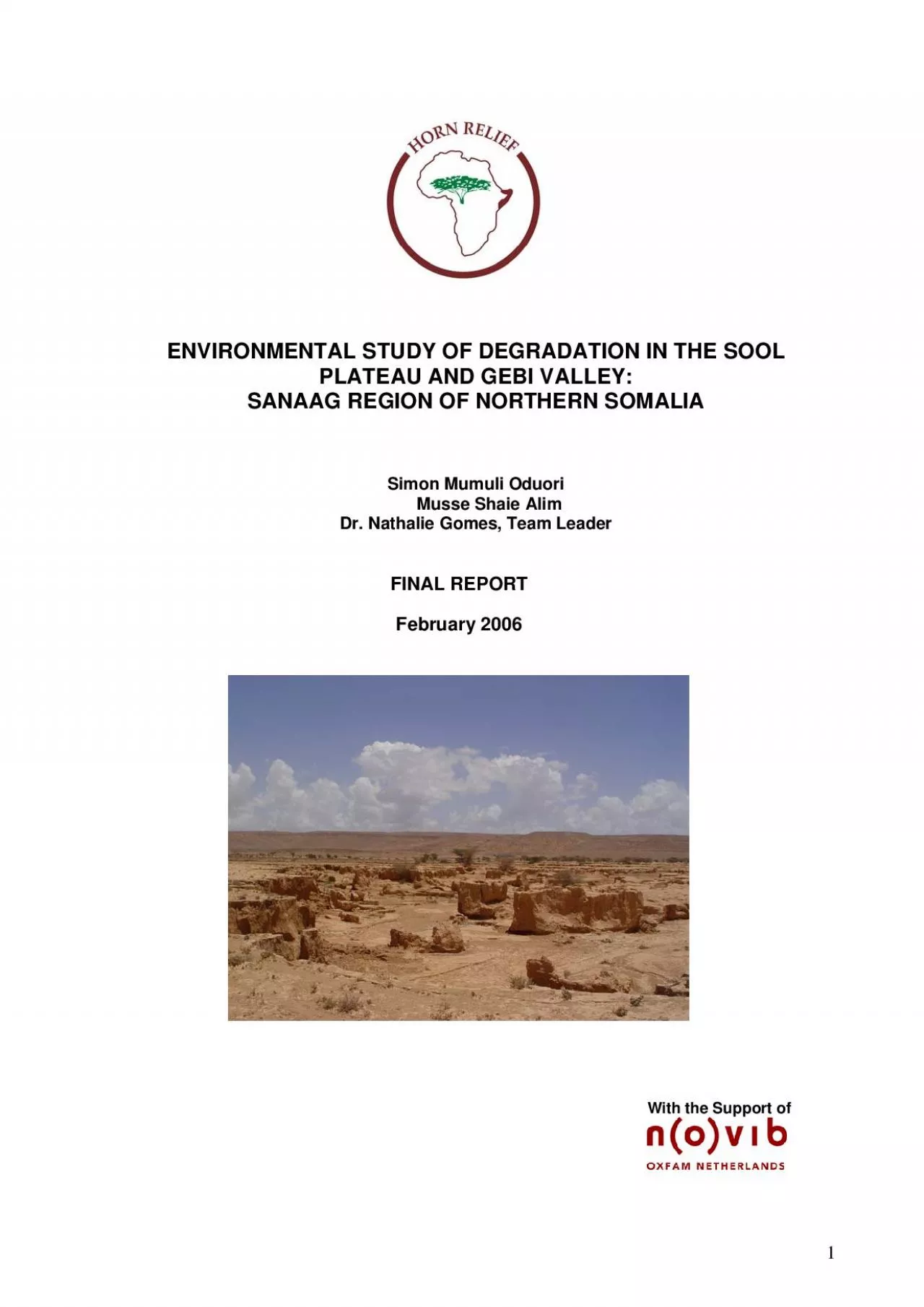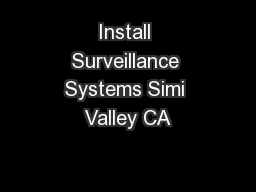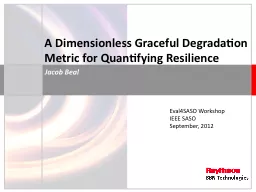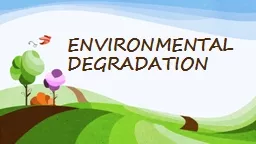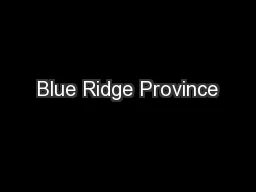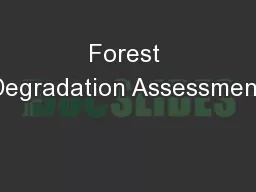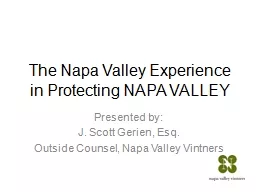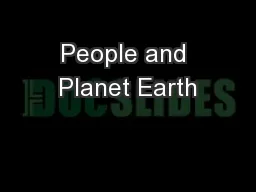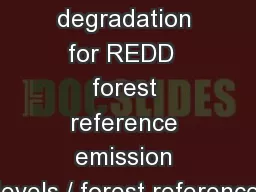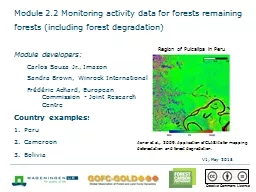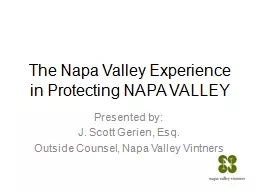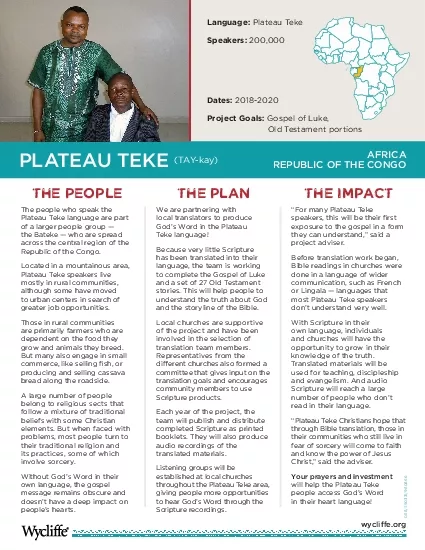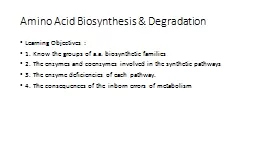PDF-ENVIRONMENTAL STUDY OF DEGRADATION IN THE SOOL PLATEAU AND GEBI VALLEY
Author : layla | Published Date : 2021-09-08
SANAAG REGION OF NORTHERN SOMALIA Simon Mumuli Oduori Musse Shaie Alim Dr Nathalie Gomes Team Leader FINAL REPORT February 2006 With the Support of 1TABLE OF CONTENTS
Presentation Embed Code
Download Presentation
Download Presentation The PPT/PDF document "ENVIRONMENTAL STUDY OF DEGRADATION IN TH..." is the property of its rightful owner. Permission is granted to download and print the materials on this website for personal, non-commercial use only, and to display it on your personal computer provided you do not modify the materials and that you retain all copyright notices contained in the materials. By downloading content from our website, you accept the terms of this agreement.
ENVIRONMENTAL STUDY OF DEGRADATION IN THE SOOL PLATEAU AND GEBI VALLEY: Transcript
Download Rules Of Document
"ENVIRONMENTAL STUDY OF DEGRADATION IN THE SOOL PLATEAU AND GEBI VALLEY"The content belongs to its owner. You may download and print it for personal use, without modification, and keep all copyright notices. By downloading, you agree to these terms.
Related Documents

